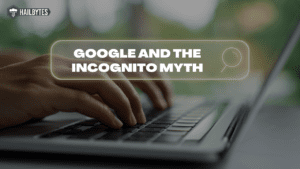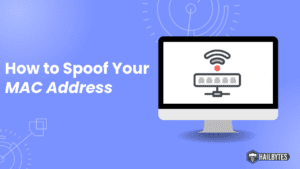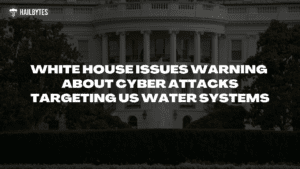What Is Smishing? | Learn How To Protect Your Organization

Introduction:
Smishing is a form of social engineering through which malicious actors use text messages to try to manipulate targets into revealing sensitive information or performing certain actions. It can be used to spread malware, steal data, and even gain access to accounts. Smishers often rely on the assumption that people will take action when prompted via text message – such as clicking links or downloading files – without taking the time to verify the source or legitimacy of the request. This makes smishing an increasingly dangerous threat for organizations of all sizes.
What Is The Risk Of Smishing?
The risk of smishing cannot be understated. A successful smish attack can lead to stolen credentials, confidential data being exposed, and even financial fraud. Moreover, smishing attacks can often go under the radar of traditional security solutions, as they don’t rely on malicious code to spread. As such, organizations must remain vigilant and take proactive measures to protect themselves from smishing threats.
How To Protect Your Organization:
Fortunately, there are several ways organizations can protect themselves from smishing threats. First and foremost, it is important for organizations to educate their staff on the risks associated with smishing and best practices for mitigating those risks. This should include training users how to identify suspicious messages and how to respond in a secure manner if they receive one. Additionally, organizations should consider utilizing technologies such as two-factor authentication or identity access management systems which can verify the identity of users before granting access to sensitive information. You can also run smishing simulations to train users to recognize and respond appropriately to smishing attempts. Finally, organizations should regularly monitor and audit their systems for any suspicious activity or messages that could indicate an attempted smishing attack.
By taking these proactive measures, organizations can reduce the risk of a successful smish attack and protect their confidential data from malicious actors.
Conclusion:
Smishing is an increasingly common form of social engineering that can have disastrous consequences for organizations if left unchecked. Organizations must take proactive measures to educate their staff on the risks associated with smishing and adopt technologies which can help mitigate those risks. Taking these steps will go a long way towards keeping your organization secure from this evolving threat.







